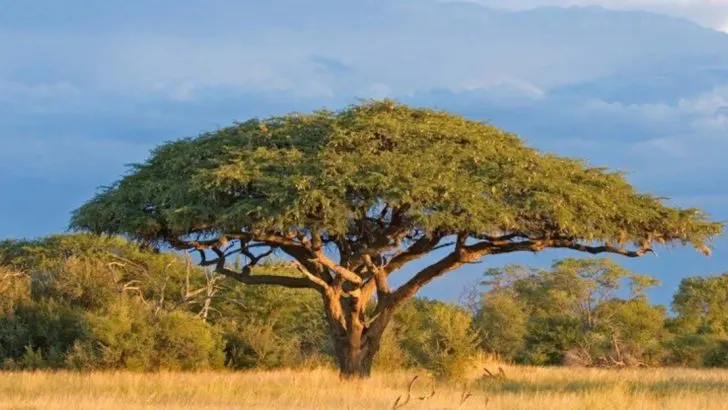Throughout history, plants have been deeply woven into myths and legends, symbolizing power, wisdom, and even divine connections. These 13 historic plants played key roles in mythology across different cultures, shaping stories that continue to inspire us today.
Olive Tree
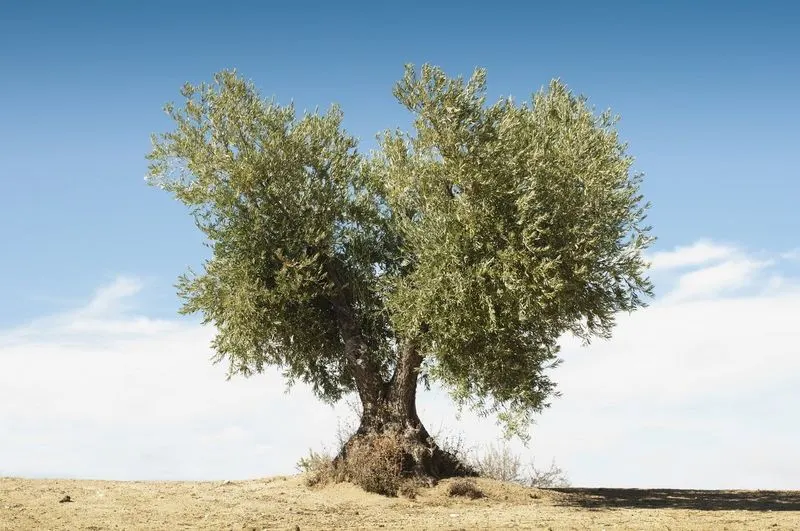
In Greek mythology, the olive tree was a gift from the goddess Athena to the city of Athens, representing peace and prosperity. Its presence signified wisdom and was integral to many aspects of ancient Greek life, from culinary uses to religious rituals.
The tree’s resilience and long life also made it a symbol of endurance and hope. Throughout history, olive branches have been used as symbols of victory and peace, decorating crowns of champions and leaders alike.
Even today, the olive tree remains a powerful emblem of harmony and resilience, deeply rooted in cultural and spiritual symbolism.
Lotus
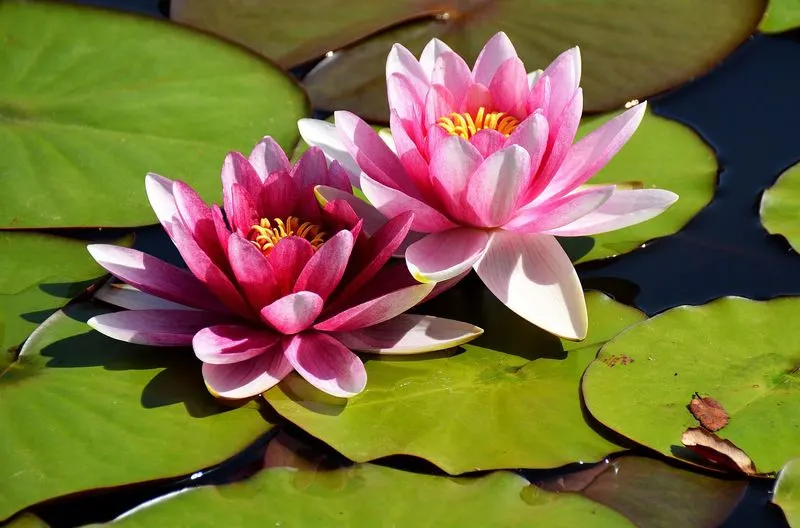
The lotus flower is revered in both Hindu and Buddhist mythology, symbolizing purity, enlightenment, and rebirth. It grows in muddy waters yet blooms immaculately clean, illustrating the journey to spiritual awakening.
In Hindu myths, many deities are depicted seated on lotus flowers, embodying divine beauty and purity. Buddha is often shown meditating atop a lotus, symbolizing spiritual blossoming.
This plant’s ability to rise above the muck and bloom has made it a metaphor for resilience and purity in spiritual traditions, inspiring countless generations to seek inner peace and truth.
Mistletoe
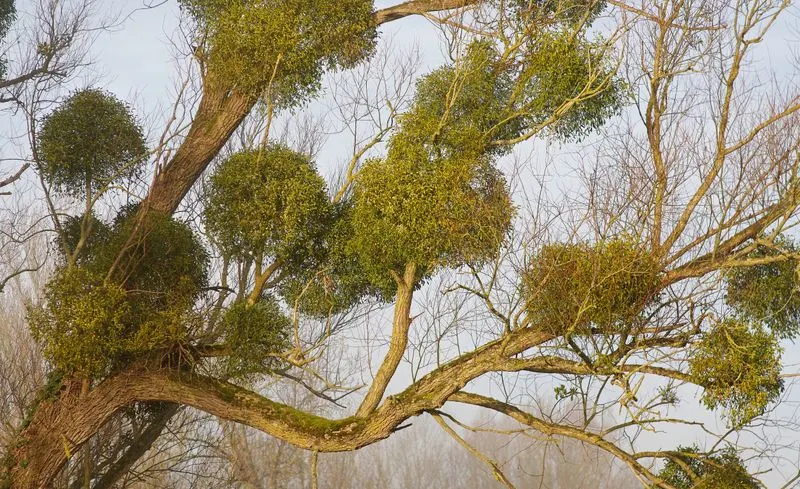
Mistletoe holds a revered place in Norse mythology, where it was associated with the goddess Frigg and the tragic story of her son Balder. Despite its humble appearance, it became a symbol of love and protection.
The plant’s evergreen nature during harsh winters was seen as a sign of fertility and eternal life, leading to its use in various winter solstice rituals.
Today, mistletoe is still celebrated during the holiday season, continuing its legacy as a symbol of love and friendship, connecting modern traditions with ancient myths.
Yggdrasil
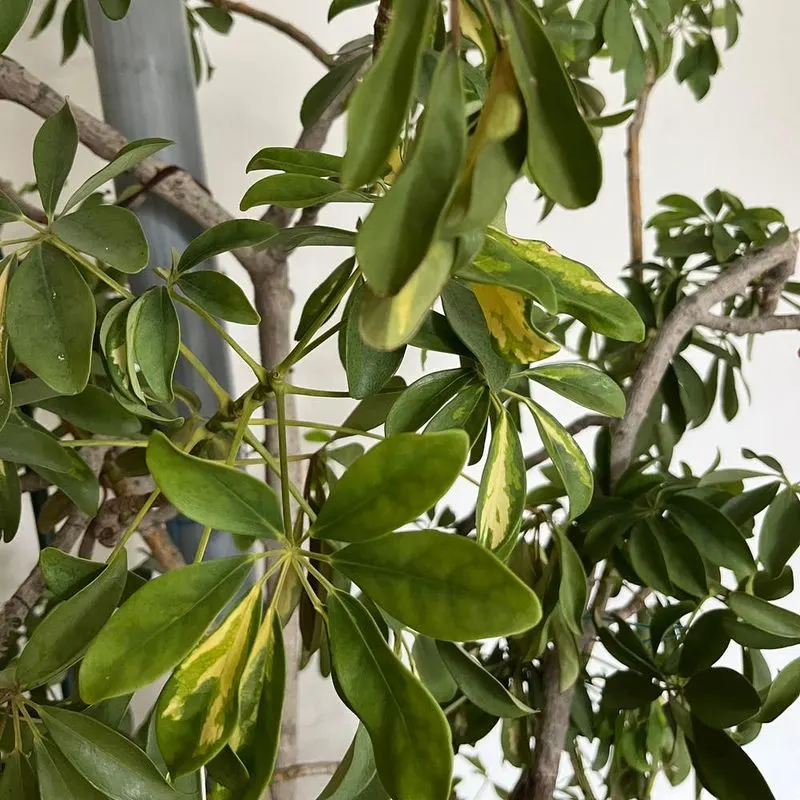
Yggdrasil, the world tree of Norse mythology, is a colossal ash tree that connects all realms of existence, serving as a cosmic axis. It’s considered a source of life, wisdom, and fate.
This mythical tree is believed to shelter various creatures and deities, its roots and branches sprawling across the universe. It symbolizes interconnectedness and the cyclical nature of life.
Yggdrasil’s depiction as a central figure in Norse cosmology highlights the ancient understanding of the universe’s complex web, reflecting the balance and unity found in nature.
Holy Basil
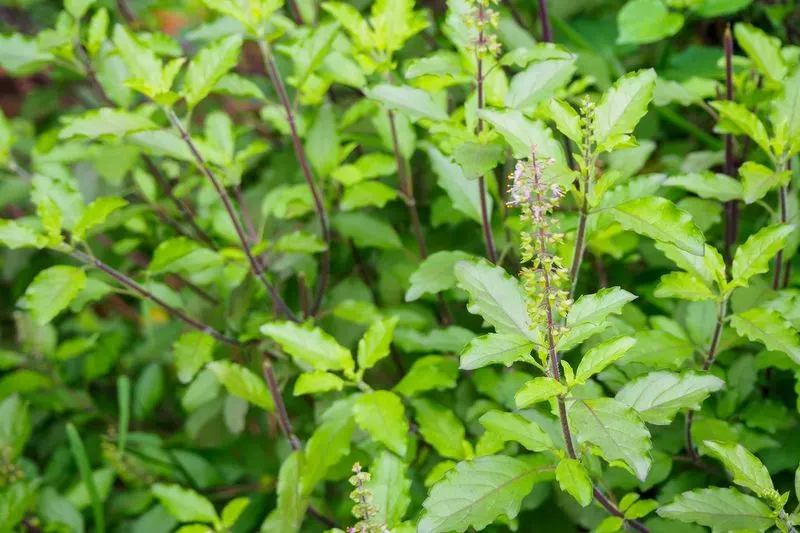
Holy basil, or Tulsi, is cherished in Hindu culture as a sacred plant embodying divine protection and spiritual purity. Often grown in homes and temples, it’s believed to bring good fortune and ward off evil.
The plant’s aromatic leaves are used in religious rituals and traditional medicine, symbolizing health and holiness. It’s considered an earthly manifestation of the goddess Tulsi, who represents fidelity and virtue.
Holy basil’s sacred status in Indian culture illustrates the deep connection between nature and spirituality, offering both physical and spiritual nourishment.
Pomegranate
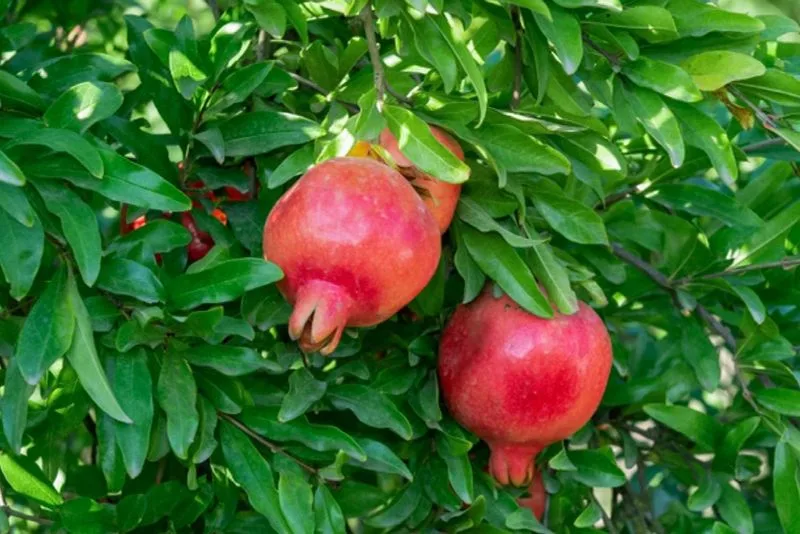
In Greek mythology, the pomegranate is entwined with the story of Persephone and her descent into the underworld. Its seeds symbolized the cycle of life, death, and rebirth.
This fruit was considered a powerful emblem of fertility and abundance, often associated with the goddess Demeter, representing the life-giving force of nature.
The pomegranate’s vivid red seeds and rich symbolism have made it a recurring motif in art and literature, illustrating the complex interplay between life’s beginning and end, and the promise of renewal.
Cedar of Lebanon
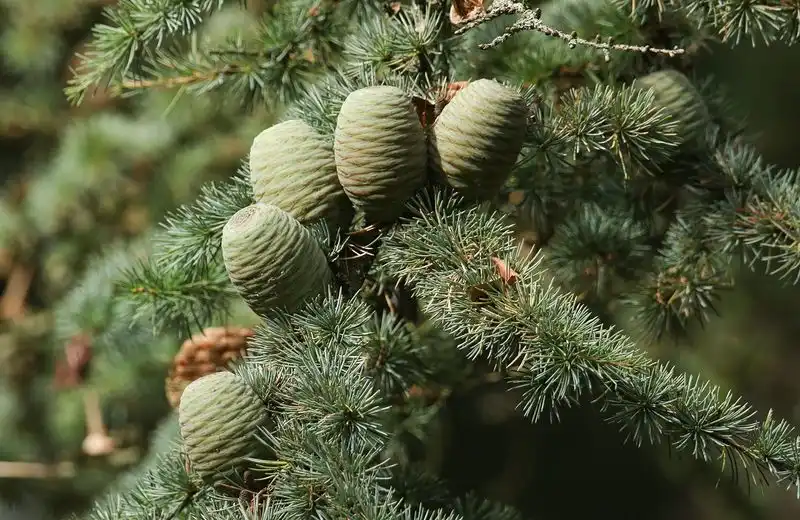
The Cedar of Lebanon holds a prominent place in Middle Eastern mythology, often seen as a symbol of strength, eternity, and divine protection. These ancient trees were highly valued for their durable wood.
In various legends, they were used to build temples and ships, illustrating their importance to ancient civilizations. The cedar’s towering presence is often associated with resilience and nobility.
Today, the Cedar of Lebanon continues to be a symbol of national pride and natural beauty, its legacy thriving in the cultural and historical landscape of the region.
Acacia
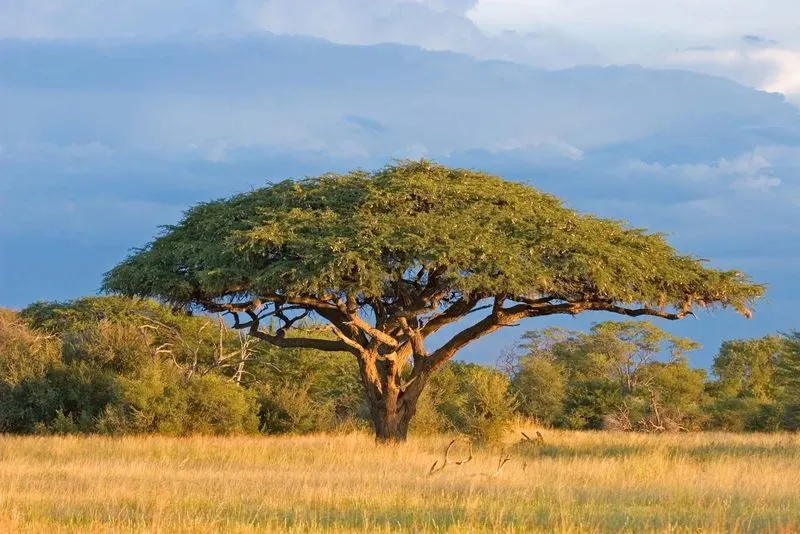
In Egyptian mythology, the acacia tree symbolizes life, death, and rebirth. It was believed to have grown at the birthplace of gods, representing immortality and eternal life.
The tree’s wood and sap were used in sacred rituals and embalming, highlighting its spiritual significance. Acacia’s flowers and thorns also played roles in myths, symbolizing protection and purity.
Acacia’s presence in mythological narratives reflects its perceived power to transcend the mundane, serving as a bridge between the earthly and the divine.
Bamboo
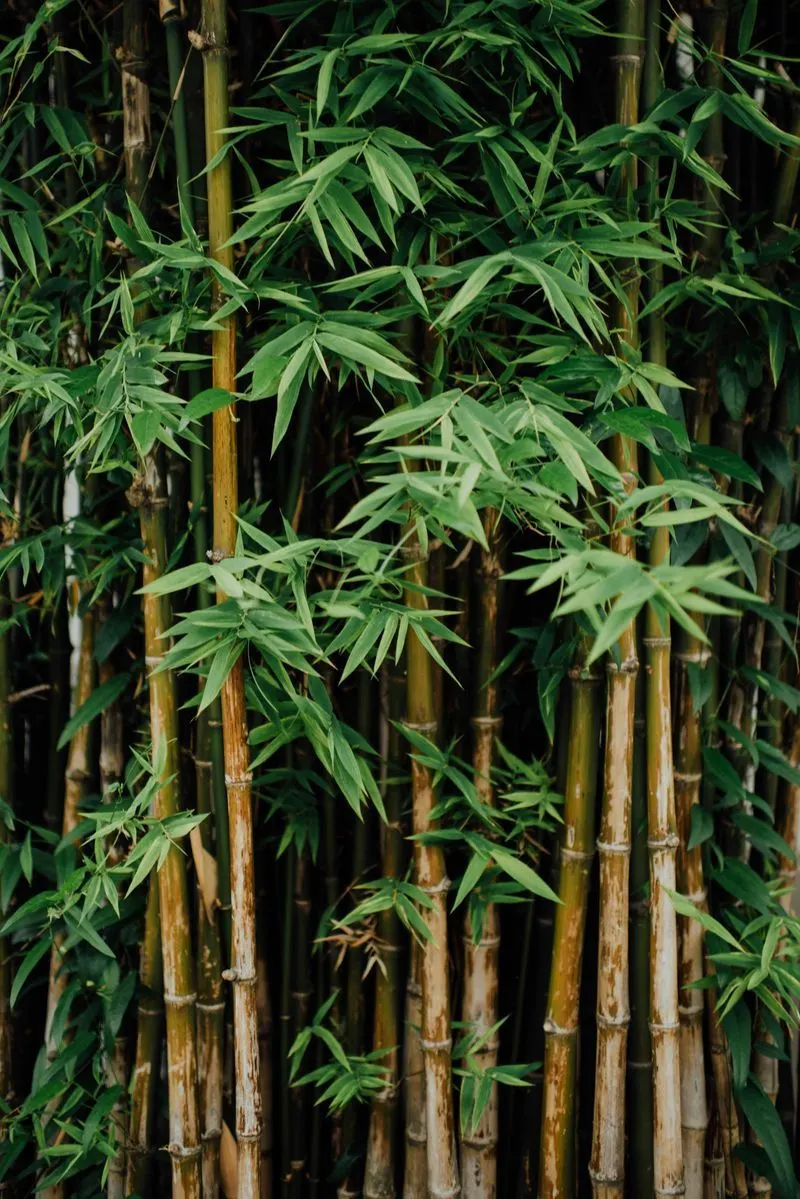
Bamboo is a significant plant in Chinese mythology, symbolizing strength, flexibility, and resilience. Its ability to bend without breaking made it a metaphor for overcoming adversity.
Stories often depict bamboo as a bridge between worlds, connecting the human and the divine. Its hollow structure symbolizes the openness and humility needed for spiritual growth.
Today, bamboo continues to inspire as a symbol of integrity and endurance, its virtues celebrated in art, literature, and cultural traditions across the world.
Willow
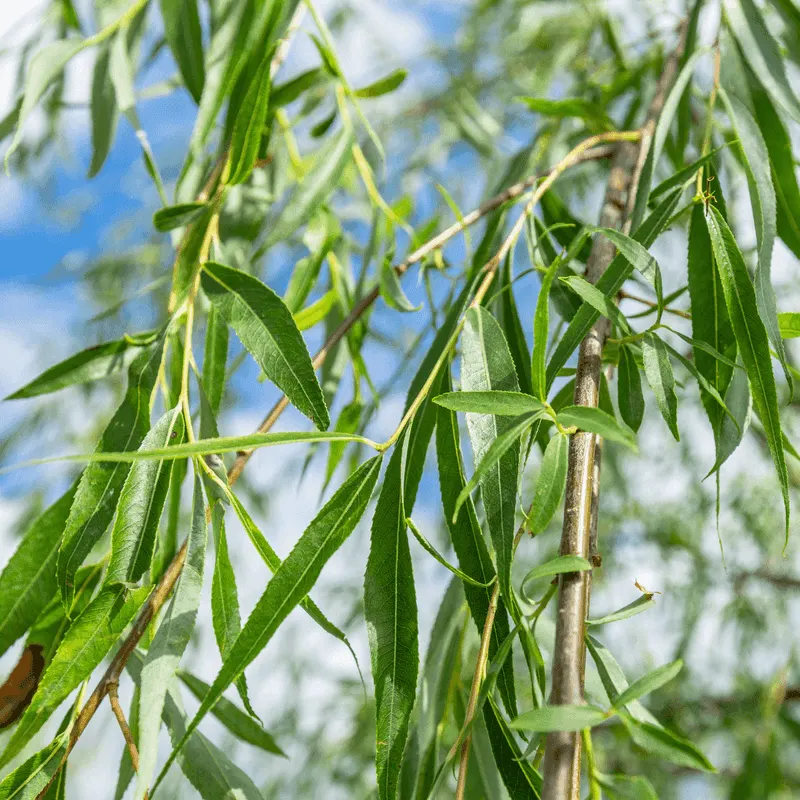
The willow tree is revered in various mythologies, often symbolizing grace, adaptability, and healing. In Celtic myths, it’s associated with the moon and femininity, embodying intuition and emotion.
Willows are frequently linked to water, their roots drawing strength and nourishment from it, representing rebirth and new beginnings. In Chinese lore, they symbolize immortality and renewal.
With its cascading branches and tranquil beauty, the willow remains a symbol of introspection and poetic longing, resonating with those who seek solace in nature’s quiet wisdom.
Cypress
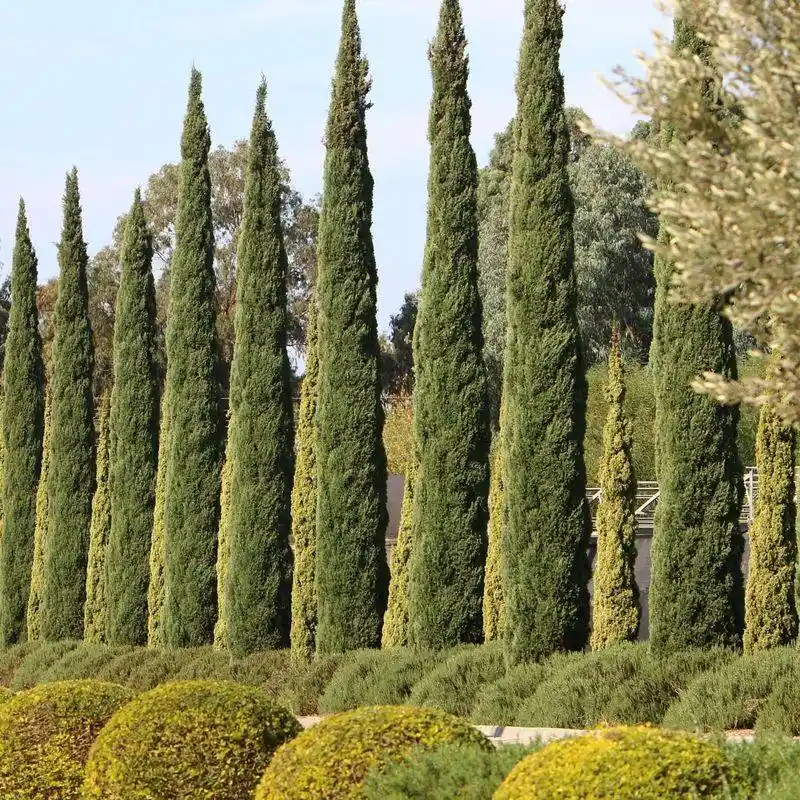
In ancient cultures, the cypress tree is often associated with mourning and the afterlife. Its evergreen nature symbolizes eternal life, making it a fitting emblem in funerary contexts.
The Greeks and Romans planted cypress trees around cemeteries, believing they aided the soul’s journey to the afterlife. Its slender, upright form was seen as a bridge to heaven.
Cypress trees continue to evoke contemplation and reverence, their presence a solemn reminder of life’s transient beauty and the enduring journey of the soul.
Myrtle
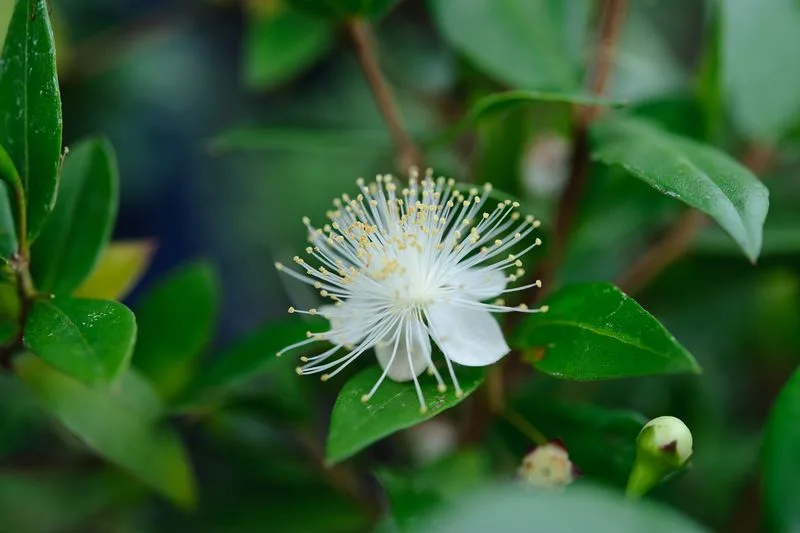
Myrtle has long been associated with love and beauty, sacred to Aphrodite in Greek mythology. Its fragrant flowers and evergreen leaves made it a symbol of both romantic and eternal love.
Often used in wedding ceremonies and rituals, myrtle represented the blessings of love and fertility. It was believed to bring joy and prosperity to couples.
The enduring charm and symbolism of myrtle continue to enrich cultural traditions worldwide, its legacy as a plant of love thriving in stories and celebrations.
Oak
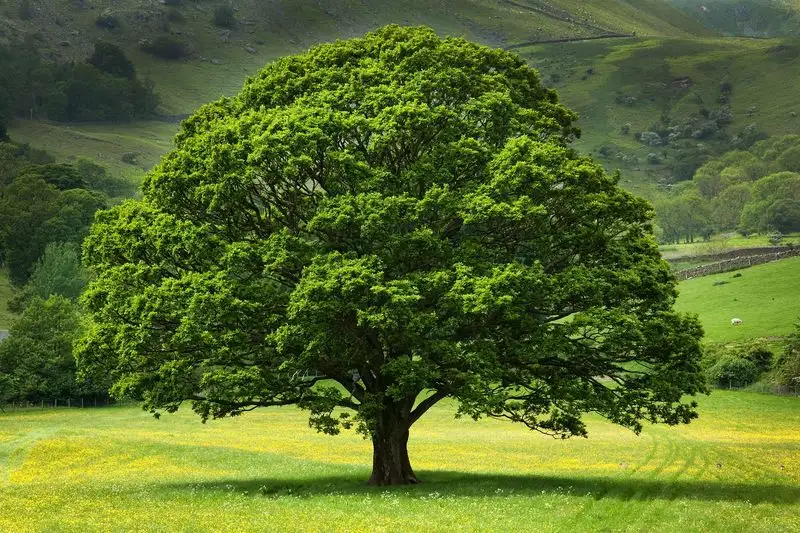
The oak tree is a powerful symbol in many mythologies, representing strength, endurance, and wisdom. In Celtic lore, it was considered sacred to the Druids, embodying the connection between the earthly and the divine.
Oak trees were often seen as the abode of gods and spirits, their sturdy branches and deep roots symbolizing stability and growth. They were central to many rituals and celebrations.
Today, the oak’s legacy as a symbol of strength and resilience continues to inspire those who seek wisdom and balance in their lives.

